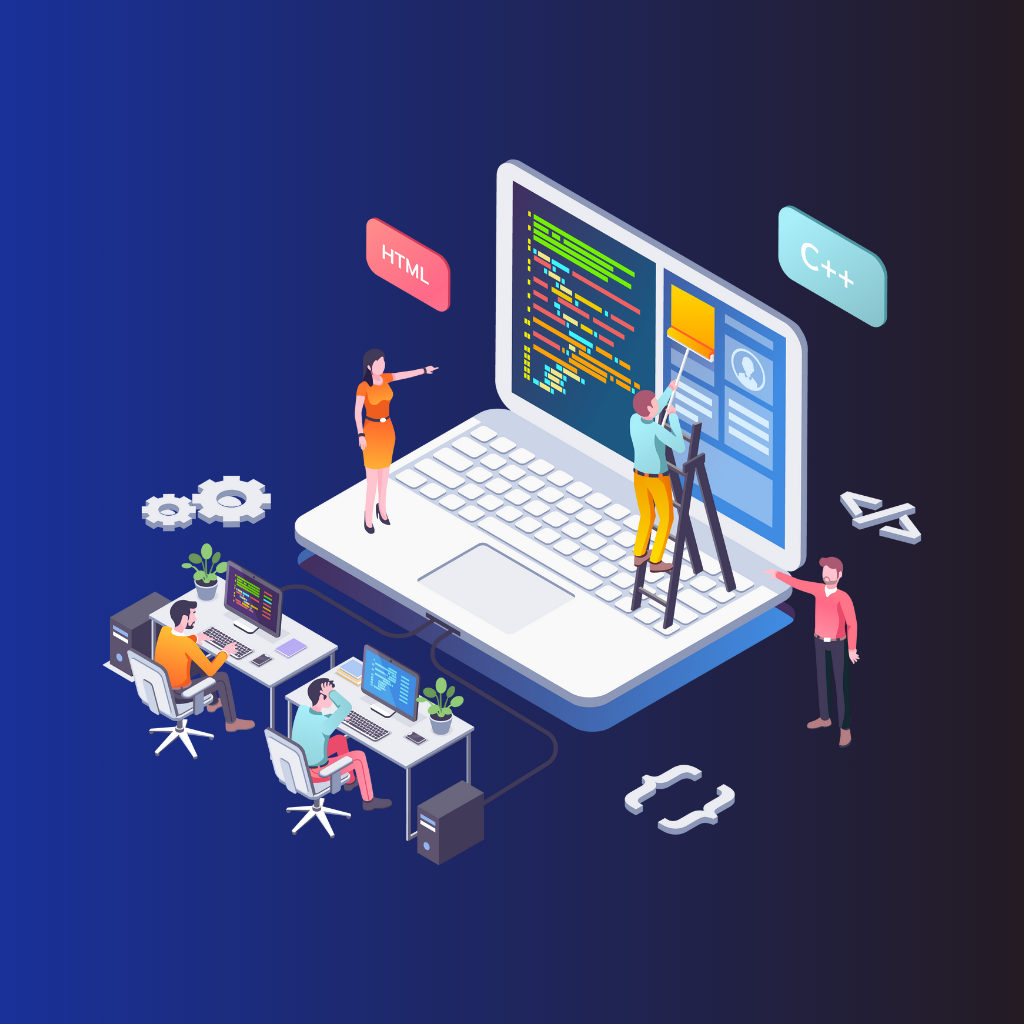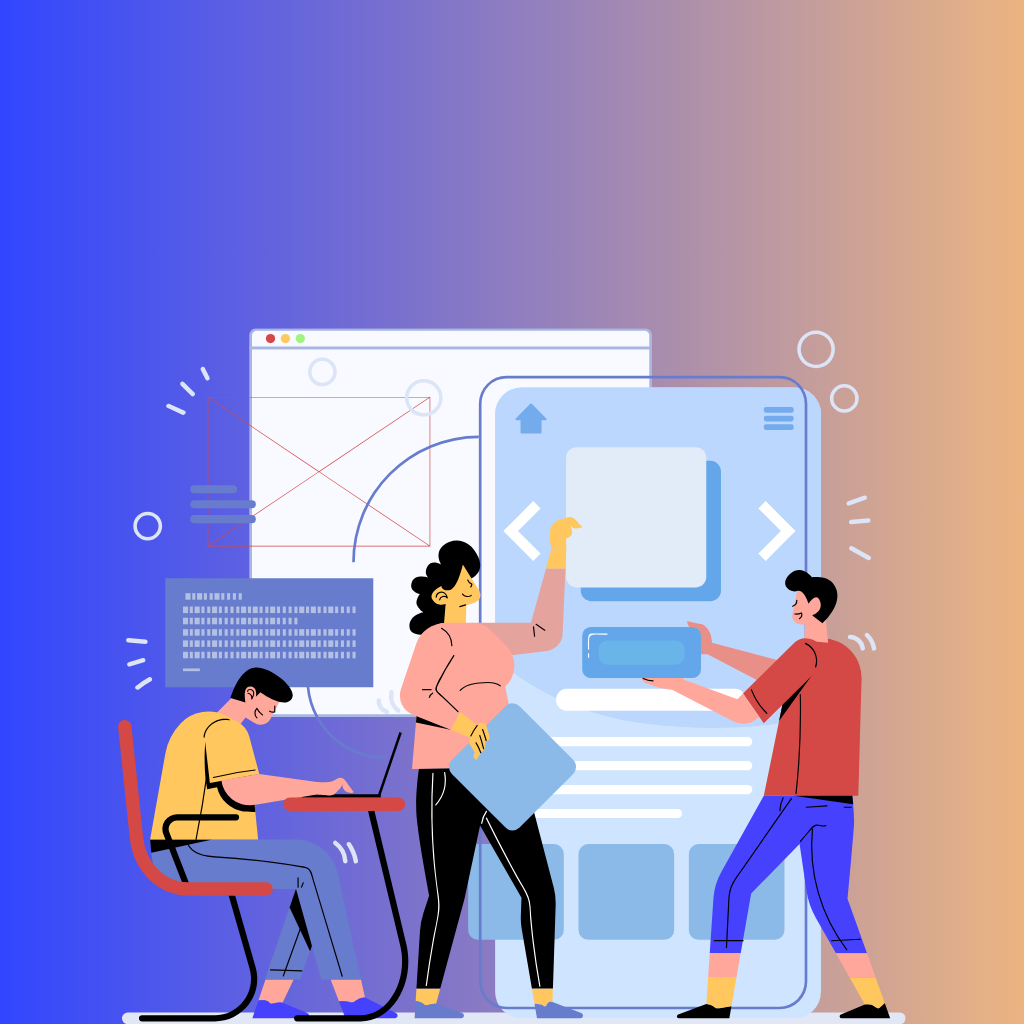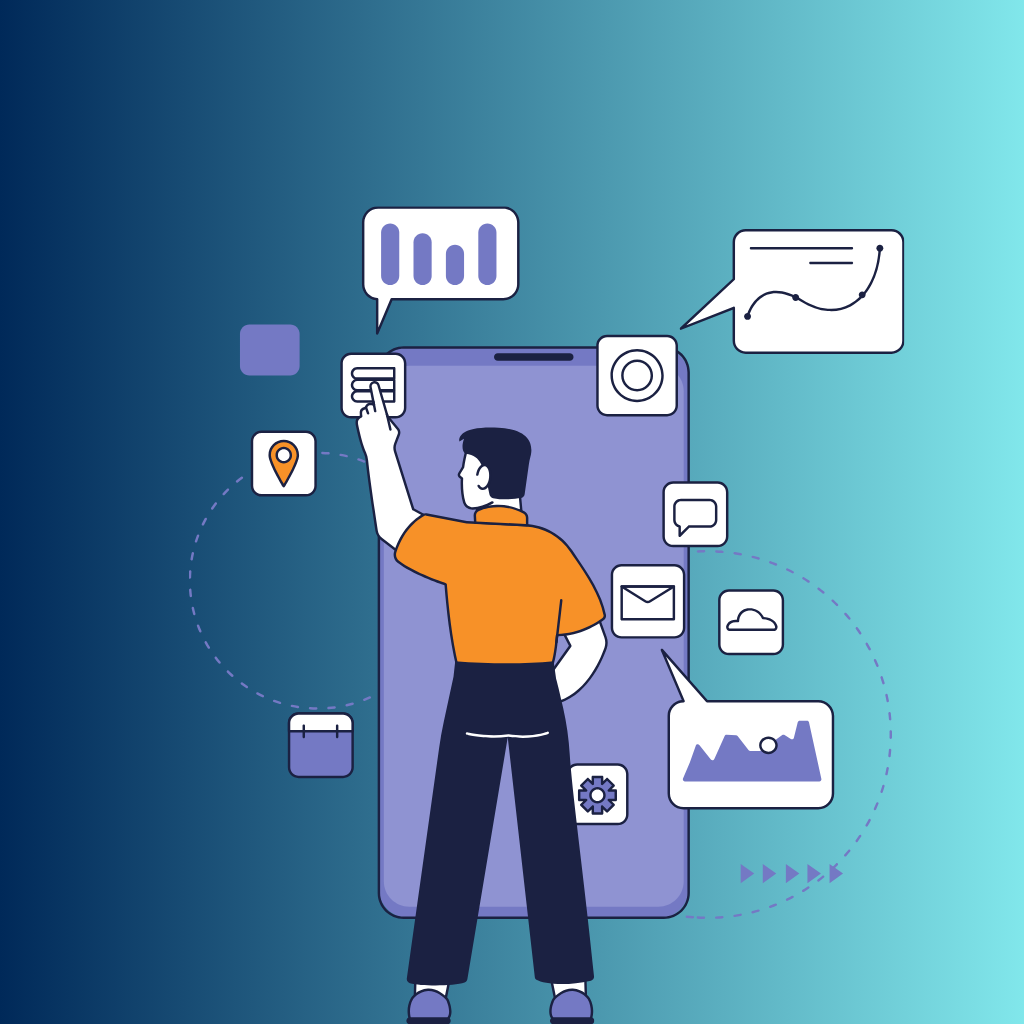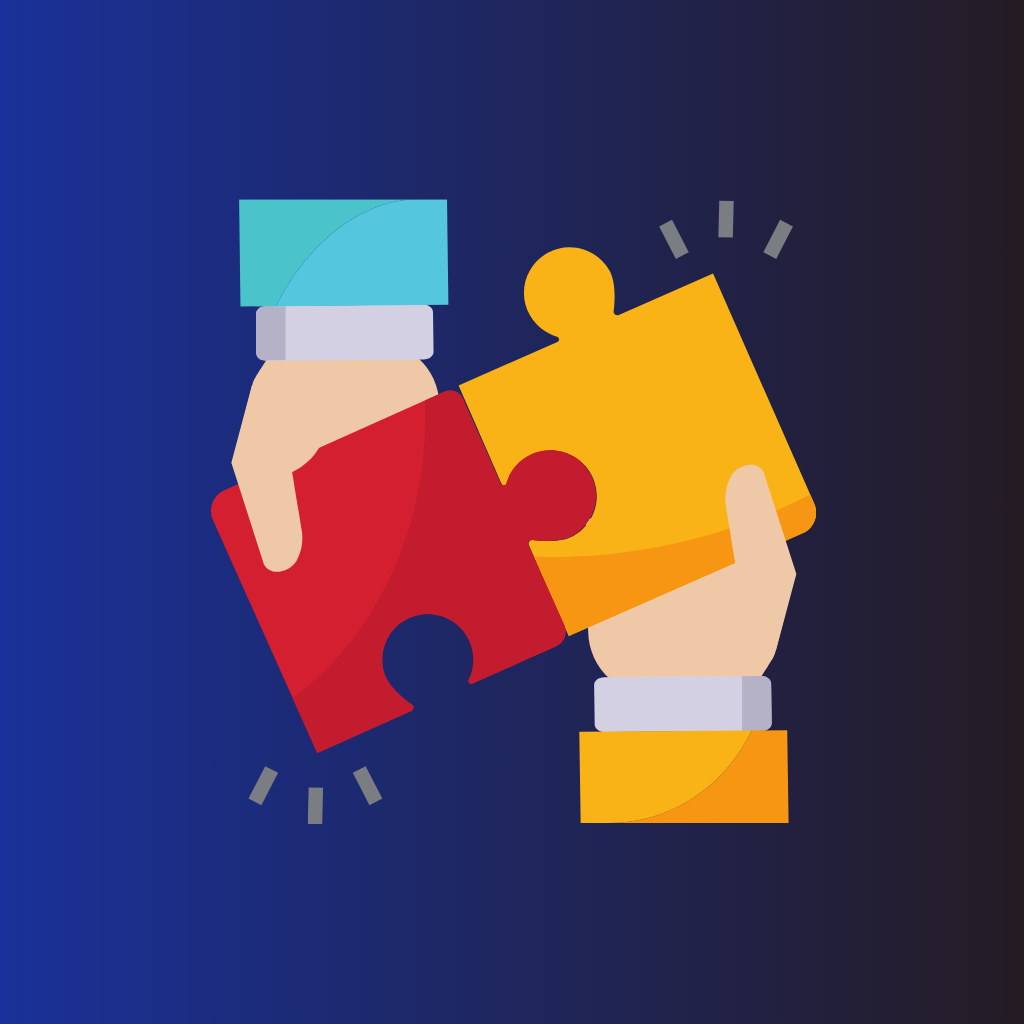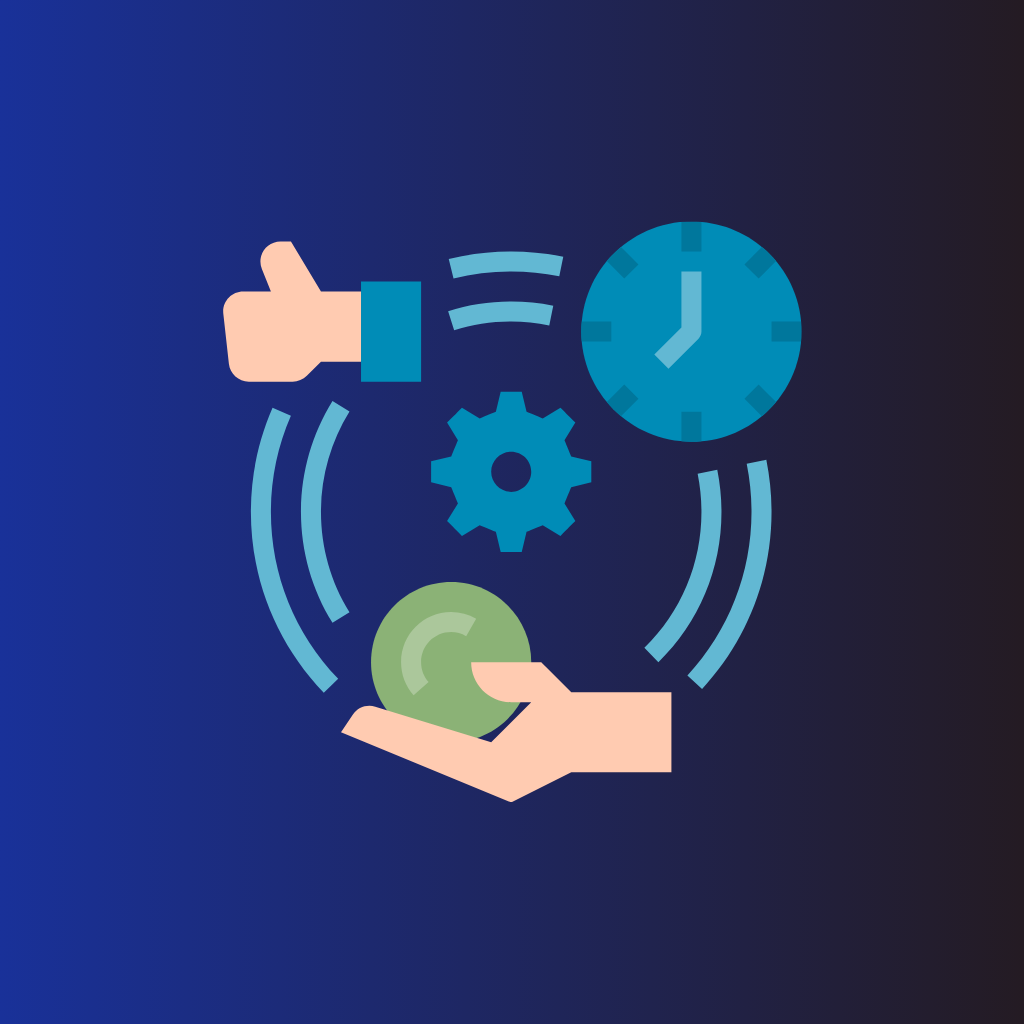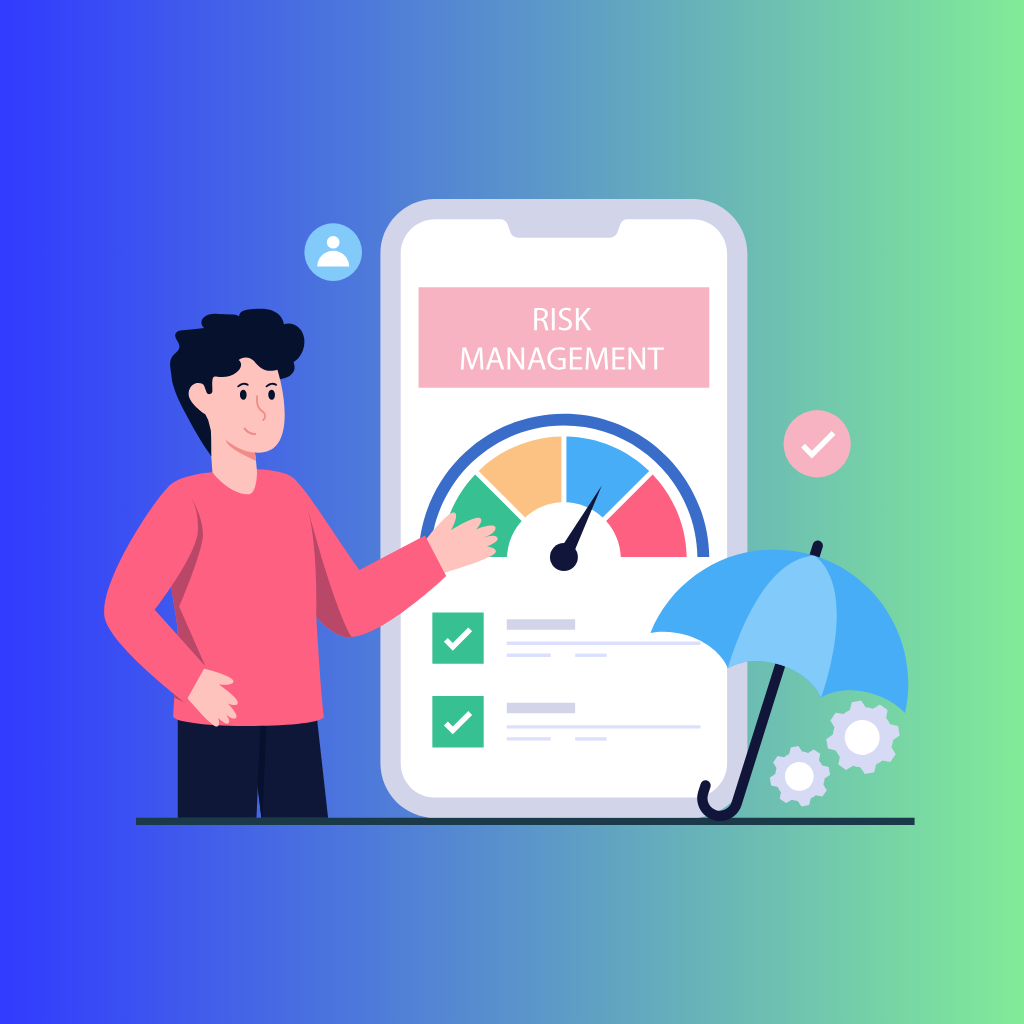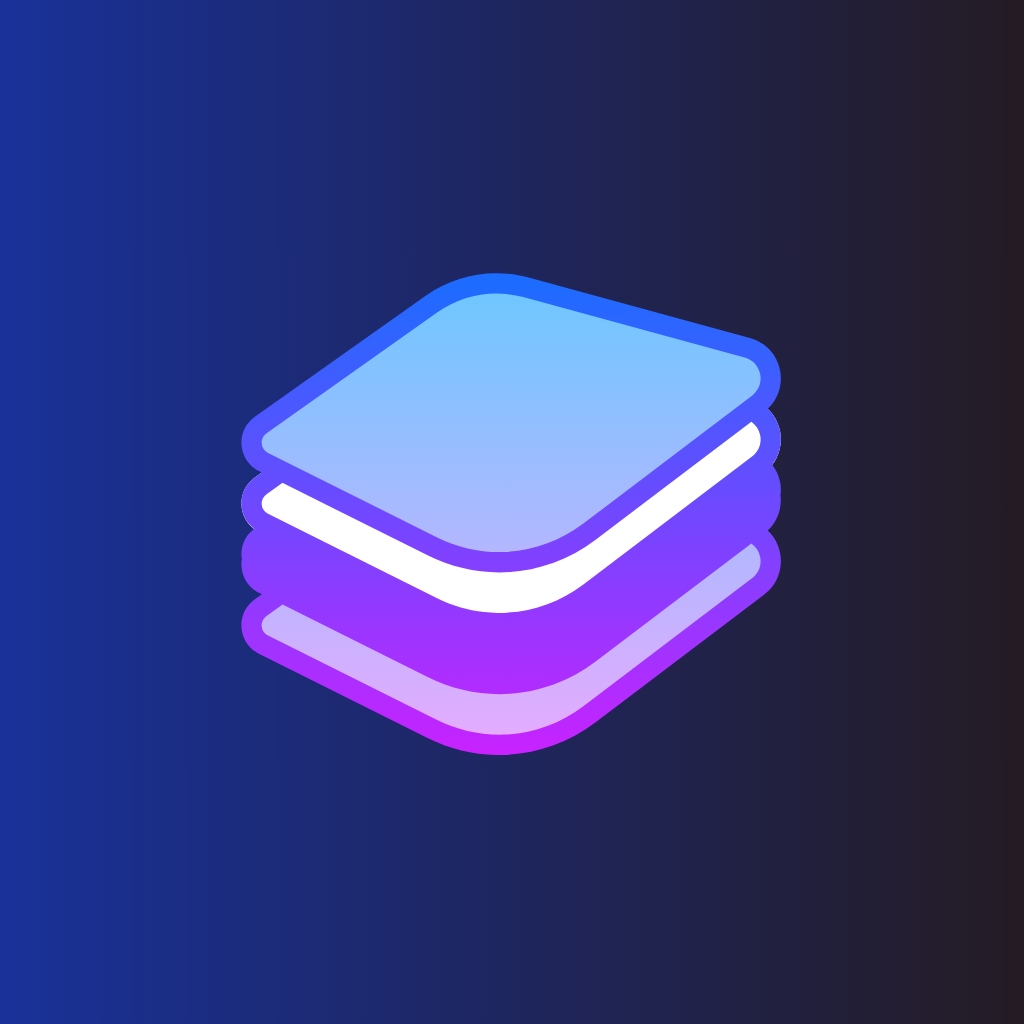Today, technology is the essence of nearly everything in this digital world. The web and app development sector have actually changed the way business is done, how businesses connect to their customers, and grow. The more you realize these facts—being a non-tech person, an entrepreneur, business enthusiast, or any other category—the more empowered you become. The thing is, the basics of web and app development are not only for techies but an important skill set that enables you making better decisions, communicating well with developers, and, in the long run, bringing your idea to life.
You are just contemplating starting up a new online business, looking for a mobile application to drive high customer experience, or just want to understand the digital landscape better; this guide is for you. Our intent in writing this guide is to make web and app development a less murky area in relation to anyone's technical background and more understandable.
I. Understanding the Basics of Web and App Development
Now, let's define some of the most important terms that will be introduced into any explanation of web and app development:
What is a Website?
A website is a collection of web pages that are linked together by one specific domain name. Pages link to each other and may exist to be informative, interactive, or transactive. In other words, they can host textual and multimedia content or carry out commercial transactions.
What is Web Development?
Development of websites, including front-end and back-end work. In front-end development, developers are concerned with user interaction, or how the product looks and feels to interact with it. Meanwhile, back-end development focuses on server-side logic, databases, and application functioning.
What is App Development?
Development of applications designed for the web or for mobile devices, such as smartphones and tablets. Mobile apps are usually distributed through download from app stores and then installed by end-users, while web apps are accessed on the Internet through web browsers.
What is Domain Name?
Think of a domain name as your website's address on the internet. Just like your home address helps people find your house, a domain name helps people find your website.
What is Hosting?
Hosting is like renting space on the internet where your website lives. This space stores all the information, images, and files that make up your website.
What is Cloud Storage?
Cloud storage allows you to save files and data on the internet instead of your computer's hard drive. This means you can access your files from any device with an internet connection.
What are the Cookies?
Cookies are small pieces of data stored on your computer by websites you visit. They keep track of your activity and preferences on that site. It’s like a note you leave for yourself to remember your favorite coffee order at a café. Next time you visit, the café already knows what you like.
What is a Database?
A database is an organized collection of data that can be easily accessed, managed, and updated.
What is Firewall?
A firewall is a security system that monitors and controls incoming and outgoing network traffic based on predetermined security rules. Think of it as a security guard at the entrance of a building, checking who is allowed to enter and who isn’t.
Web vs. App Development:
Knowing how to differentiate between a website and an application is crucial to making an informed decision about your company's online presence. Websites are more accessible in the sense that they are allowed to be visited by literally anyone that uses the internet and a web browser. They work well for giving information about something, showcasing products and services, blogging, and even conducting e-commerce. Apps are built to work on a specific platform, whether that be iOS or Android, and users must download and install them. They usually offer a more personal experience, offer device-specific features (like a camera or GPS), and work offline. Apps are great for companies that need intensive user interaction, engagement, and functionality.
When to Choose a Website, an App, or Both:
The choice to build a website, an app, or both depends on your business goals, target audience, and resources.
Choose a Website if you need broad online presence, need to reach many people, or have content that does not require complex interactions. They are generally quicker and cheaper to develop, too.
Choose an App in the case where you need to offer an experience that is more interactive and personalized, or use device-specific features or when you expect the user to frequently engage with your service. An app also gives the opportunity for better performance and user experience in tasks that have a more significant workload.
Consider Both in a case where you want to maximize your reach and engagement. A website might be a flexible platform for catching and informing visitors, while the app may be a way to develop user engagement and loyalty with a richer, more custom-made experience. But those are just some basic things you need to have in your back pocket, so let's get you prepped to make some strategic decisions about how web and app development can help you achieve your business objectives.
II. Key Insights and Strategies in Web Development
In this section, we'll dive into the core aspects of web development: front-end, back-end, and full-stack development. Understanding these components will help you appreciate the intricacies of creating and maintaining a website.
Front-End Development:
Front-end development is responsible for the website's interface—the part a user can interact with. It consists of three main parts:
- HTML (Hypertext Markup Language): It's the structure of any website. It is through HTML that different elements including headings, paragraphs, links, and images on a web page are structured.
- CSS (Cascading Style Sheets): Through CSS, one can style the HTML content. It defines the layout, colours, fonts, and more to ensure that the website looks good and runs effectively across all devices and web browsers.
- JavaScript: JavaScript makes a website interactive. It's responsible for enabling dynamic content changes, animations, form validations, and other interactive functionality that make the user experience better.
Back-End Development:
Back-end development is on the server side of the website. It involves dealing with the server, database, and application logic powering the front end. Core components include:
- Server: It is a computer that hosts the website; it uses to process the requests from the user. It processes these requests and sends back the appropriate responses (e.g., delivering a web page or retrieving data).
- Database: A database stores and organizes data for the website. Common databases include MySQL, PostgreSQL, and MongoDB. The back-end interacts with the database to fetch, store, and update information as required.
- Server-Side Languages: These programming languages are used to develop the website logic and functions. The preferred server-side languages are Python, PHP, and Ruby. They are to do with the functioning of the database, dealing with user inputs, and ensuring that the site functions error-free.
Full-Stack Development:
A full-stack developer knows both front-end and back-end development. They can build a complete web application from scratch, from the user interface to the server and database. The following, therefore, are the advantages of knowing both sides of development:
- Versatility: Full-stack developers can jump in at any point on the project. The reason is that, when this happens, they become helpful for filling the gap left between front-end and back-end teams.
- Efficiency: They cut the total development time of a project by taking on multiple project aspects; that is, they avoid coordinating with different specialists working on the project.
- Problem Solving: Armed with such an understanding of the overall functioning of the web application, full-stack developers have the capability to effectively troubleshoot and solve issues that cut across various areas.
III. Key Insights and Strategies in App Development
App development is a growing area that demands development of apps over a variety of devices and platforms. In this chapter, we will discuss the types of apps, the tools and the languages involved in their development, along with the importance of design and user experience.
Types of Applications:
Knowledge of different types of applications is crucial when selecting the right approach in line with business requirements.
- Native Applications: These are applications specifically built for a particular platform, be it iOS or Android. They're developed using tools and coding in platform-specific languages, allowing for the use of device features and delivering the best possible performance and experience. Developing for several platforms may require various code bases. The downside of this is that native applications are more expensive and demand more time for development.
- Web Applications: Web applications are accessed through internet browsers, and they are not downloaded and installed on the device. They are built using standard web technologies like HTML, CSS, and JavaScript. Creating and maintaining web applications for cross-platform support is easier, but they may not be as effective and rich in functionality as native applications.
- Hybrid Applications: These apps combine both native and web app features. Mostly developed with web technologies and then wrapped in a native container in order to be installed on the device, similar to native apps. Tools like React Native and Flutter give the ability to develop hybrid apps from one codebase. This in itself saves a lot of time and resources while still yielding good performance and the ability to access the features of the device.
Development Tools and Languages:
Different platforms need different tools and languages for app development.
- For iOS:
- Swift: Swift is Apple's programming language for iOS development. It is architected to be fast, safe, and expressive.
- Xcode: Xcode is the integrated development environment (IDE) for iOS development. It comes with a set of tools that help developers create, test, and debug iOS applications.
- For Android:
- Java: Java is traditionally used to develop Android apps. It's old but still in use by a large number of developers.
- Kotlin: It is also pretty new and fully interoperable with Java, but the concise syntax and null-safety features have made it a popular choice for Android app development.
- Android Studio: Android Studio is the official IDE for Android development. It provides powerful tools and a visually pleasing editor for coding, debugging, and testing Android apps.
- Cross-Platform Tools:
- React Native: An open-source mobile application framework created by Facebook, React Native helps to build apps for iOS and Android using JavaScript. It enables code sharing between these platforms, too.
- Flutter: An open-source mobile UI framework created by Google, Flutter develops high-quality native interfaces using the Dart language. With a rich set of pre-designed widgets, it makes it easy to craft interfaces, and the whole process is faster.
App Design and User Experience:
App Design and User Experience are the two important elements that contribute to the success of an app. People want and expect to have an intuitive user experience, and a well-designed app can increase users' satisfaction and make them stay longer on the app.
- Importance of Intuitive Design: The intuitive design enables the user to navigate the app with ease and execute tasks without confusion. Clear navigation, responsive interfaces, and consistent design patterns are the factors that result in positive user experience.
- Seamless User Experience: It will involve lesser loading times, fewer bugs and perfect interaction. Thus, it is of paramount importance to do performance optimization and deep testing to make sure the application runs smoothly on all the target devices.
- App Design Tools:
- Sketch: This tool is considered to be the best software for user interface/prototype designing. It has many features for app screen designing and flow.
- Figma: Figma is a collaborative design tool where multiple designers can work at the same time in real-time. It is widely used for UI and UX designing.
- Adobe XD: Adobe XD provides a full set of tools for designing and prototyping experiences. It has a good integration with other Adobe Creative Cloud apps.
In this guide, we've explored the fundamental aspects of web and app development. We started by defining key terms and distinguishing between websites and apps, helping you understand when to choose one over the other for your business. We delved into the essentials of web development, covering front-end, back-end, and full-stack development, and highlighted the tools and languages used in app development for both iOS and Android platforms. We also emphasized the importance of intuitive design and user experience in creating successful apps.
Understanding web and app development is crucial for non-tech individuals, especially entrepreneurs and business enthusiasts. It empowers you to make informed decisions, effectively communicate with developers, and bring your digital projects to life. By demystifying these technologies, we hope to make the world of web and app development more accessible and less intimidating.

